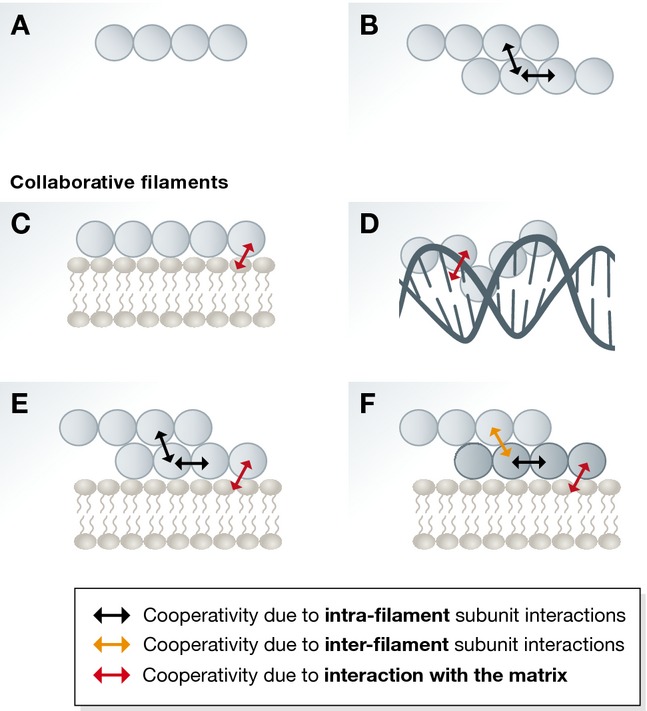Figure 1. Schematic representation of cooperativity effects in different filament systems.

(A) In simple isodesmic assembly, there is no cooperativity effect. (B) For filaments with more than one protofilament (strand), assembly is enhanced by lateral contacts between subunits from different protofilaments. These intrafilament interactions (two-way black arrows) produce cooperativity. (C, D) An isodesmic filament system acquires cooperativity when it associates with a matrix such as membrane or DNA. The collaborative filaments could be considered as quasi-equivalent to multi-stranded filament systems since interactions with the matrix (indicated by two-way red arrow) are equivalent to lateral interactions within a multi-stranded filament. (E) When a multi-stranded filament associates with a matrix, in addition to the longitudinal and lateral interactions between subunits (indicated by two-way black arrows), there are also interactions with the matrix (indicated by two-way red arrow). All of these result in complex cooperative behaviour. (F) In an even more complex situation, two different multi-stranded filaments could copolymerise on a matrix. This leads to an even higher number of different types of interactions, and there could be cooperative effect within a multi-stranded filament of one type (indicated by two-way black arrows), within the other and between them (indicated by two-way orange arrows), and many of these interactions are facilitated by the interaction with the matrix (indicated by two-way red arrow).
